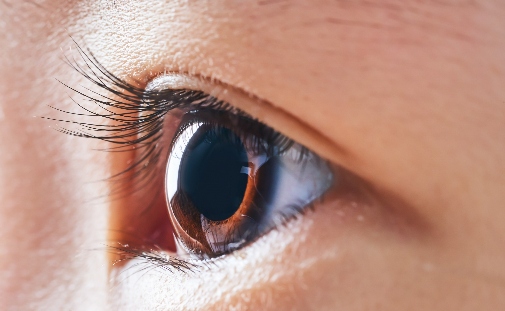Study Reveals Bullying as Significant Issue for Young People Following Eye Cancer Diagnosis
Researchers at the University of York say that more longer-term support is needed for those who have been treated for a rare childhood cancer, Retinoblastoma, which is diagnosed in 40-50 children in the UK a year.
The condition, which is often diagnosed before the age of five, is usually treatable but often leaves patients with vision impairment and some experience eye loss and facial changes.
Researchers, funded by the Childhood Eye Cancer Trust, investigated the psychological well-being of more than 30 individuals across adolescence and young adulthood to understand how teenagers are impacted by the disease and young adults.
Three key areas
Researchers recommended three key areas that needed to be considered in long-term psychological support to help individuals come to terms with the experiences of the disease in adolescence, as well as early adulthood. These focus areas include the memory of the trauma of diagnosis and treatment; the impact on identity in adolescent years; and seeking social acceptance in early adulthood.
Nicola O’Donnell, final year PhD student who led the study, said: “One of the reasons aftercare for this condition has to be looked at differently to other cancers, is that it is treated at a time when the individual, perhaps at age three or four, is unable to articulate how they are feeling.
“This inability to verbalise their experience, which can often be traumatic, can complicate or distort the memory of having cancer and so even though an individual has been successfully treated in their junior years, the trauma of it could be most significant later on when they are a teenager or young adult.
“We are developing an education and support resource so that young people have access to information and therapeutic strategies that results in a long-term care approach for people who have survived retinoblastoma and are living with the psychological impacts.”
Teenage identity
One of the themes that was unanimous across the age groups was experiences of bullying and negative perceptions of people with one eye. The teenage years, when adolescents become more conscious of how they look, was identified as the period when mental health support was most needed, but the most difficult to access, particularly for boys.
The impact of these experiences led young people to overcompensate by focusing more intensively on other areas of their visual identity. For others they found embracing their facial differences, by wearing a colourful prosthetic for example, helped them accept their identity, but in some cases this led to hate-comments suggesting that the individual was to blame for any resulting bullying.
Popular culture
Nicola said: “Negative representations in the media and popular culture of people with one eye can be detrimental to people with facial differences, including survivors of this eye cancer. Although they are now cancer-free, social acceptance is so important after successful treatment, particularly if the individual has long-lasting physical changes as a result of their illness.
“Participants highlighted that because it is seen as an easily curable cancer that people assume they are ‘ok’ but the impact of treatment can be life-long, as is the anxiety of cancer returning. Even for those with no physical signs of having had cancer, the trauma of the memories of treatment are still very real, but even less acknowledged if there are no facial changes that follow.
“As this can also be a heritable disease we found that ‘guilt’ played a large part in recovery too, with young people feeling like they can’t share what they feel with parents because they may have experienced similar challenges. Equally, if an individual was the only one in their family to be impacted, the feeling of guilt was still present for many, in that they might pass on the gene for Retinoblastoma to any of their future children.”

